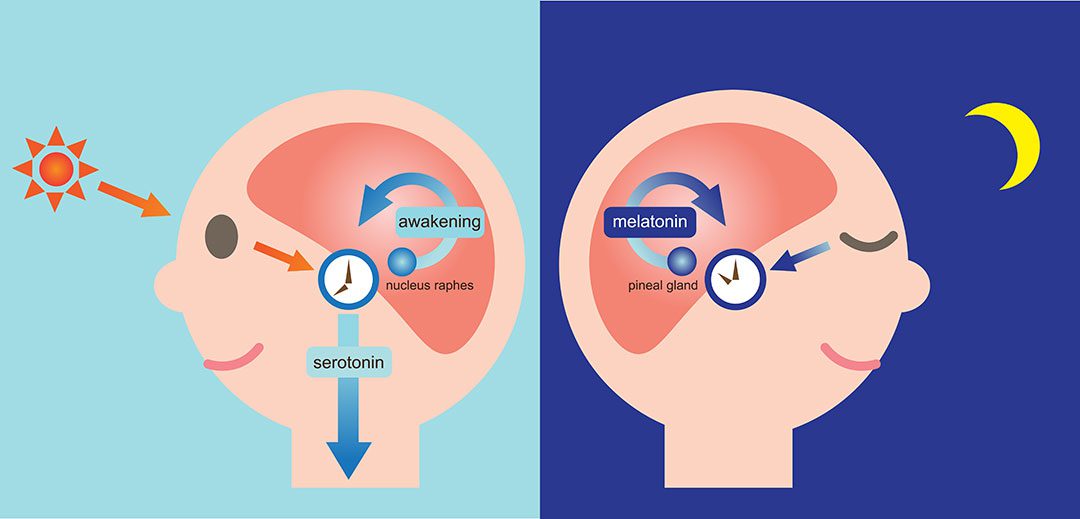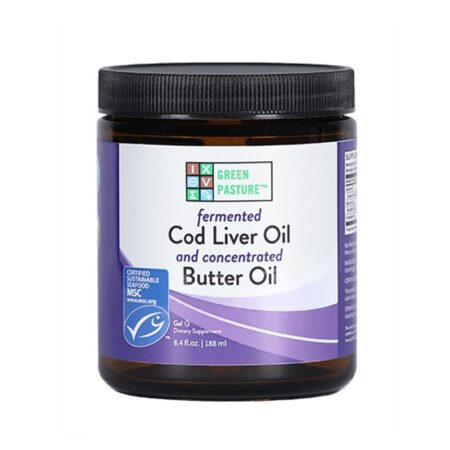For a long time, the pineal gland hormones have been regarded as a vestigial structure with no functional importance and that degenerated with age. It is one of the endocrine glands, located between the cerebral hemispheres in the centre of the brain.
It is fully active from birth. The only organ in the human body that is not susceptible to disease.
When sufficiently developed all the physical senses become unnecessary. Its development is related to the pituitary gland, both of which need to develop and grow together.
The pineal gives man the opportunity for life without food and drink. The more active this gland, the less it needs power from other sources.
Light stimulates the work of this gland through the eyes.
Therefore, it is often called the "third eye".
It is one of the most important endocrine glands. The energy fields of health depend on the pineal giving a sleep signal and then putting the body into a deep sleep so that the energy field can only rejuvenate.
One of the pineal gland hormones main functions is the regulation of energy storage and its release into the human energy field. This means that when the nerves and nervous system vibrate at high frequencies as when we are awake and excited, the energy in the body moves to the organs that are currently working: such as digesting food and so on.
When the vibrational frequency of the nerves decreases, we become calmer, sleepier and sleepier. Now the energy in the body is directed to the bones, skin, teeth, hair and nails, where it is used for growth and cell regeneration.
In deeper sleep, when the frequency drops further, energy is simply directed to storage and that stored energy is extremely important because it ensures long life, bone and muscle health, a sense of organic health, longevity of brain cells, fertility and sexual fulfilment (along with metabolic balance).
When this gland senses a total loss of energy in the body and knows that it is inevitable that a breakdown of the field will occur, it activates various panic responses.
When help does not arrive, this gland activates the experience of death or abandonment of the body (astral projection). The energy field then, unable to control the physical body vibrates more and more.
More than often, we become energized by this floating because we are then directly in the earth’s energy field and vast amounts of energy reserves are directly available (as opposed to synthesizing through the physical body).
The newly regenerated energy field is pulled back into the body through the pineal through the centre of the body (through which it is still connected) and as if the person is alive again.
This is the most common experience of those with a near-death experience. The fact is, however, that this is the last defensive method of this gland to suck energy back into the field, although it is a very extreme method!
It can happen at any time when the gland feels that there is far too little vital energy in the energy field to manage the life process in the body. This can happen during sleep or in a semi-sleep state, and people usually find it extremely pleasant and liberating.
When the it finally gives up, the energy field leaves the physical body, and we experience death or separation from the body. So how do we heal the it to bring it back to normal size and normal function?
We need to be regularly exposed to light. This means that when it’s daytime, we don’t spend time somewhere where it looks like night, and vice versa.
We need to stop wasting energy. It means changing our lives to avoid useless conflicts, managing stress properly so you don’t bother feeling inside yourself for years and years.
This makes real rest possible and increases the quality of sleep.
We need to identify complementary energy fields and enjoy them. This means finding out or remembering people, places, activities, and even foods that you deeply enjoy, that give you energy and incorporate them back into your life more and more.
It keeps you going, and supplies you with fresh energy supplies until you heal.
Restore the endocrine and nervous system in the body so that energy is stored better and expanded properly.
Get rid of energy blockages in the energy field so that the flow of energy can continue. Also, balancing dead and drained energy.
Hormone secreted by the pineal gland
Melatonin, a hormone secreted by the gland, is involved in a very interesting area of human behaviour: the wake-sleep rhythm, which is often disrupted in somatic or mental illnesses. Fluoride-treated animals had lower amounts of circulating melatonin, which corresponded to lower quantities of melatonin metabolites in urine.
The early beginning of puberty in fluoride-treated female animals was accompanied by a drop in circulating melatonin levels, as one might predict. In addition to calcification in the development of the "enamel organ", calcification also occurs in a child.
This is a normal physiological process. Complexing a series of enzymatic reactions within pinealocytes converts essential amino acids, tryptophan, to the entire indole family.
The major epiphyseal hormone is melatonin (MT).
If F accumulates within it in early childhood, it could affect epiphyseal indole metabolism in much the same way that high local concentrations of F in the “enamel organ” and bone affect ameloblast and osteoblast metabolism.
The hormone that the pineal gland secretes is?
Melatonin is secreted by the gland in a circadian rhythm that depends on incoming signals from the supraoptic nucleus.
In the normal day-night rhythm, during the day the neurons of the supraoptic nucleus are active, inhibiting the secretion of melatonin, and with the arrival of night and the reduction of daylight their activity ceases and the disinhibited gland begins to secrete melatonin.
The most important role of melatonin is to induce sleep and hypnotic effect. It also has an immune function by acting indirectly through glucocorticoid hormones or directly on cells that have pronounced melatonin receptors, and has antioxidant properties at physiological concentrations due to the indolamine group in its structure.
Studies have shown that people with depression and bipolar disorder have low melatonin levels and impaired circadian secretion rhythm.
It is assumed that the latter may be due to disorganization of the circadian system itself by changing the expression of clock genes, which normally stimulates light exposure and controls the supraoptic nucleus, caused by nucleotide polymorphism.
Due to the stimulation of sleep through relaxation and sedation, but without affecting the architecture of sleep, or the REM phase of sleep has a "therapeutic" effect by stimulating the so-called. resynchronization of the circadian biorhythm.
Due to its beneficial effect, it is used for therapeutic purposes in insomnia in the elderly, seasonal affective disorder (seasonal depression), workers working in the night shift, the so-called. jet- lag or blindness.
However, it is important to note individual adjustment of therapy because the beneficial effect of melatonin depends on the appropriate dose and appropriate circadian time of administration.
In the treatment of depression in combination with SSRI, there was a faster improvement of depressive symptoms, which could.
One of the new drugs being investigated in the treatment of depression is agomelatine which acts agonistically on melatonin M1 and M2 receptors and antagonists on serotonin 5HT2c receptors.
It affects hippocampal neurogenesis and the production of brain trophic factors making it a very effective remedy for depressed patients with disturbed wakefulness and sleep cycles as it reduces depressive symptoms, improves sleep and has no side effects often associated with antidepressant use.
What hormone does the pineal gland secrete?
The main hormone active inside it is melatonin. Melatonin stimulates deeper stages of sleep and enters the sleep phase.
As it improves (excites) sleep patterns, it serves to increase body energy and improve mood. Melatonin has antioxidant effects that help prevent disease.
Melatonin control of sympathetic nerve stimulation is responsible for lower blood pressure and slowed heart rate, thereby reducing the impact on the heart. It also relieves psychological stress, improves sleep and adjusts the body’s biological clock, strengthens immunity and increases the body’s resistance to infections and viruses.
The gland is stimulated to produce melatonin in the dark. Melatonin production decreases during daylight.
The retina recognizes light and sends signals (and entrains) directly to the suprachiasmatic nucleus (SCN). Circadian signals are transmitted to the spinal cord and through the sympathetic nervous system to the superior cervical ganglia (SCG) and from there to the gland when fibres are projected from the SCN to the paraventricular nucleus (PVN).
It has been suggested that melatonin is useful in the treatment of jet lag (a disorder caused by changes in time zones), reduces the development of cancer cells and slows down the ageing process.
Melatonin works to make the child’s body go through the period of increased need for sexual masturbation more easily since sex hormones such as luteotropin play an important role in the development of the sexual organs.
In the elderly with sleep disorders, melatonin production is reduced compared with age-matched controls. The activity of the pineal gland decreases with age and even more with the onset of Alzheimer’s disease.
Sleep disorders are an important factor in Alzheimer’s disease and melatonin can treat some of these phenomena.


















